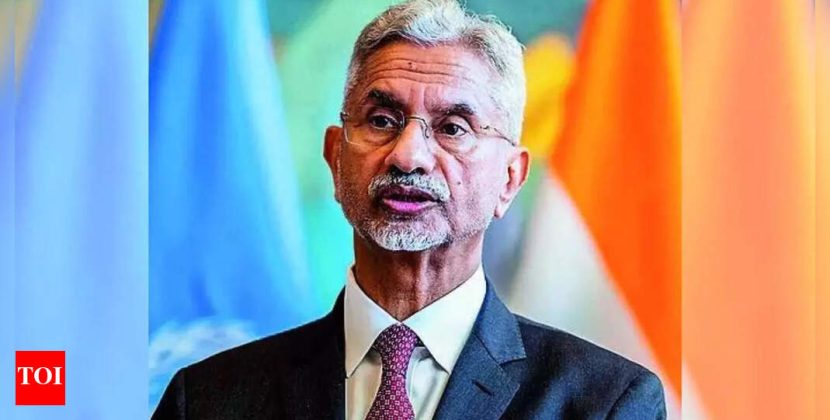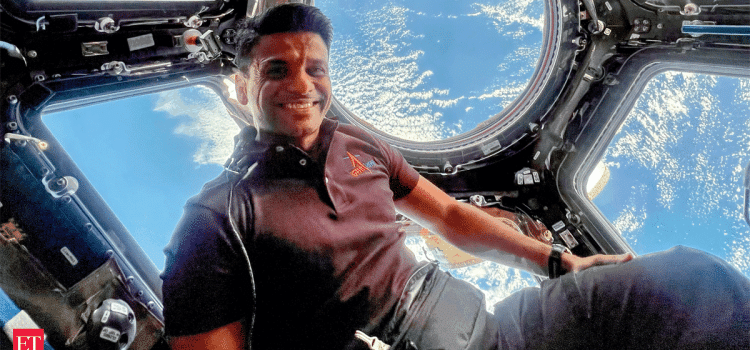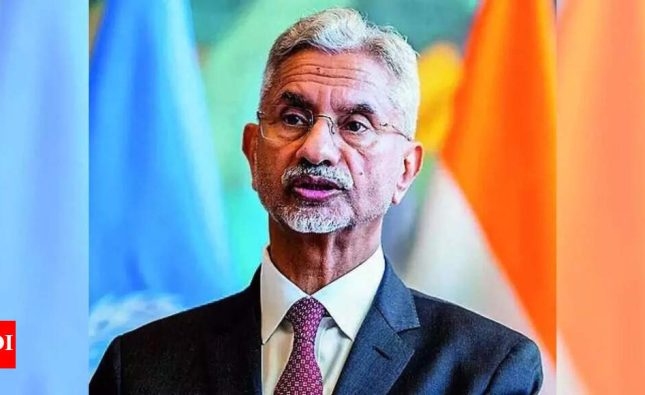
What Shukla achieved on the Axiom-4 mission
As the pilot of the Axiom-4 mission, Shubhanshu Shukla played a critical role in operating SpaceX’s Crew Dragon spacecraft, including its launch, docking, undocking, and re-entry. His position made him the first Indian military pilot to execute real-time operations aboard a commercial spacecraft alongside a veteran like Peggy Whitson. This exposure to both the technical and psychological challenges of space travel was critical for an astronaut preparing for India’s future crewed missions.
In orbit, Shukla was actively involved in over 60 scientific experiments, a significant portion of which were India-led. These included studies on plant growth using Indian staples like moong and methi, analysis of cyanobacteria and microalgae for sustainable life-support systems, and experiments involving tardigrades to understand biological resilience in space. Other research explored muscle atrophy, diabetes monitoring, and the physiological effects of prolonged screen exposure in microgravity. These experiments were not abstract exercises. They provide essential insights into the design of life-support and medical systems for long-duration missions, key for India’s ambitions in independent space habitation.
Perhaps more subtly, Shukla also contributed to outreach and education. He interacted remotely with Indian schoolchildren and researchers, offering a glimpse into life aboard the ISS. From daily routines to adapting to life without conventional bathing and handling hygiene through wipes, his lived experience in microgravity offers ISRO a real-world dataset on human adaptation beyond Earth’s atmosphere.
Strategic impact on India’s space ecosystem
The Axiom-4 mission is far from a standalone achievement. It has directly enhanced India’s technical readiness for human spaceflight. Shukla’s mission provided ISRO with hands-on feedback on spacecraft systems integration, ground communication protocols, and emergency response procedures, all critical components for the upcoming Gaganyaan mission. The scientific outcomes of his experiments will influence not only mission design but also academic and industrial research within India. From universities to biotech startups, many domestic players were involved in conceptualizing and building the payloads for Axiom-4. This collaborative structure lays the groundwork for a robust space-tech ecosystem within the country.Equally important is the human resource development angle. Shukla’s training regimen, which included simulations, quarantine protocols and rigorous health monitoring, serves as a model for preparing future Indian astronauts. It also underscores the physiological and psychological benchmarks ISRO must meet in its astronaut selection and training processes for Gaganyaan.Beyond technology and science, Shukla’s participation strengthens India’s space diplomacy. The Axiom-4 mission, executed in partnership with NASA and SpaceX, situates India firmly in global commercial and scientific space efforts. This enhances ISRO’s credibility as a partner in multinational missions and opens up avenues for joint research and investment.
Also Read | PM Modi welcomes Captain Shubhanshu Shukla as Dragon returns to Earth
Gaganyaan: The next giant leap
India’s Gaganyaan programme, for which Shukla and three others have been selected, is designed to send a crew of three astronauts into Low Earth Orbit (LEO) for up to seven days using an indigenously developed launch system and crew module. With its first uncrewed test flights scheduled for 2025 and a human flight targeted for 2027, Gaganyaan will make India the fourth nation — after the United States, Russia and China — to independently send humans into space.
Technologically, Gaganyaan represents a significant leap. It requires a human-rated launch vehicle, advanced re-entry systems and life-support mechanisms that India is developing from the ground up. It also demands complex ground infrastructure, ranging from astronaut training facilities to mission control networks capable of handling the nuances of human spaceflight.
But Gaganyaan is more than a technical challenge. It is a strategic national goal that will elevate India’s global standing, drive research in advanced materials and bio-sciences, and serve as a catalyst for broader participation in lunar and interplanetary exploration. It also inspires a new generation of scientists and engineers by placing human spaceflight within the nation’s grasp.
Why Shukla’s mission is a turning point
The importance of Shubhanshu Shukla’s participation in Axiom-4 goes far beyond the symbolic. It marks India’s entry into the practical realities of living and working in space. His training and mission execution create a reference framework for ISRO as it prepares for human flight. The scientific results he helped gather will refine space medicine, agriculture, and life-support technologies. Economically, the mission — backed by Rs 550 crore in investment — has already sparked interest and growth in India’s nascent space start-up sector. Strategically, it sends a clear message: India is no longer an emerging participant in human spaceflight but an active contributor shaping its future.
Shubhanshu Shukla’s successful journey aboard Axiom-4 marks a significant inflection point in India’s space history. It merges symbolic achievement with functional progress, demonstrating both capability and intent. As India moves closer to launching its own astronauts aboard its own spacecraft, Shukla’s experience offers a blueprint as well as a boost.











